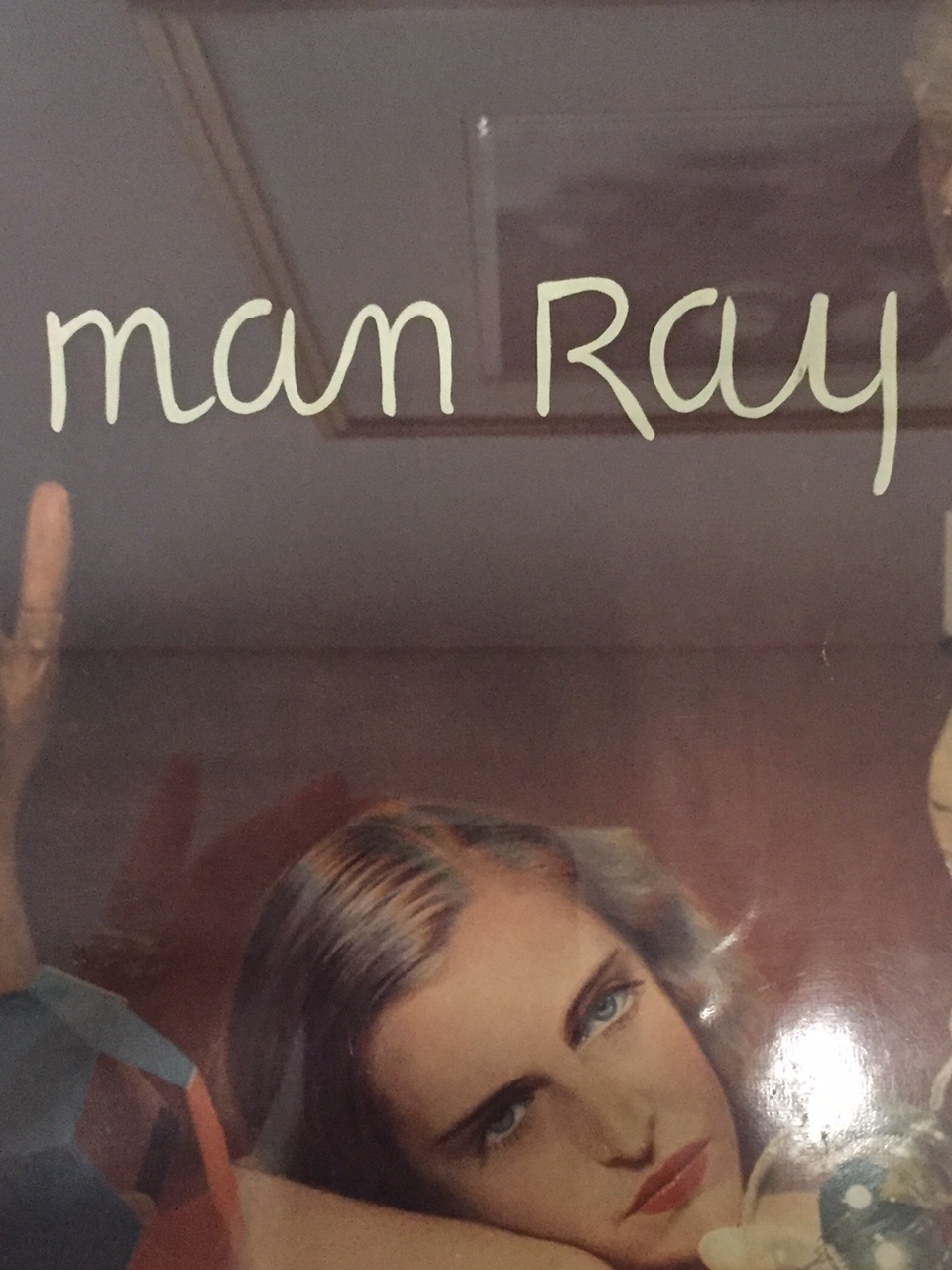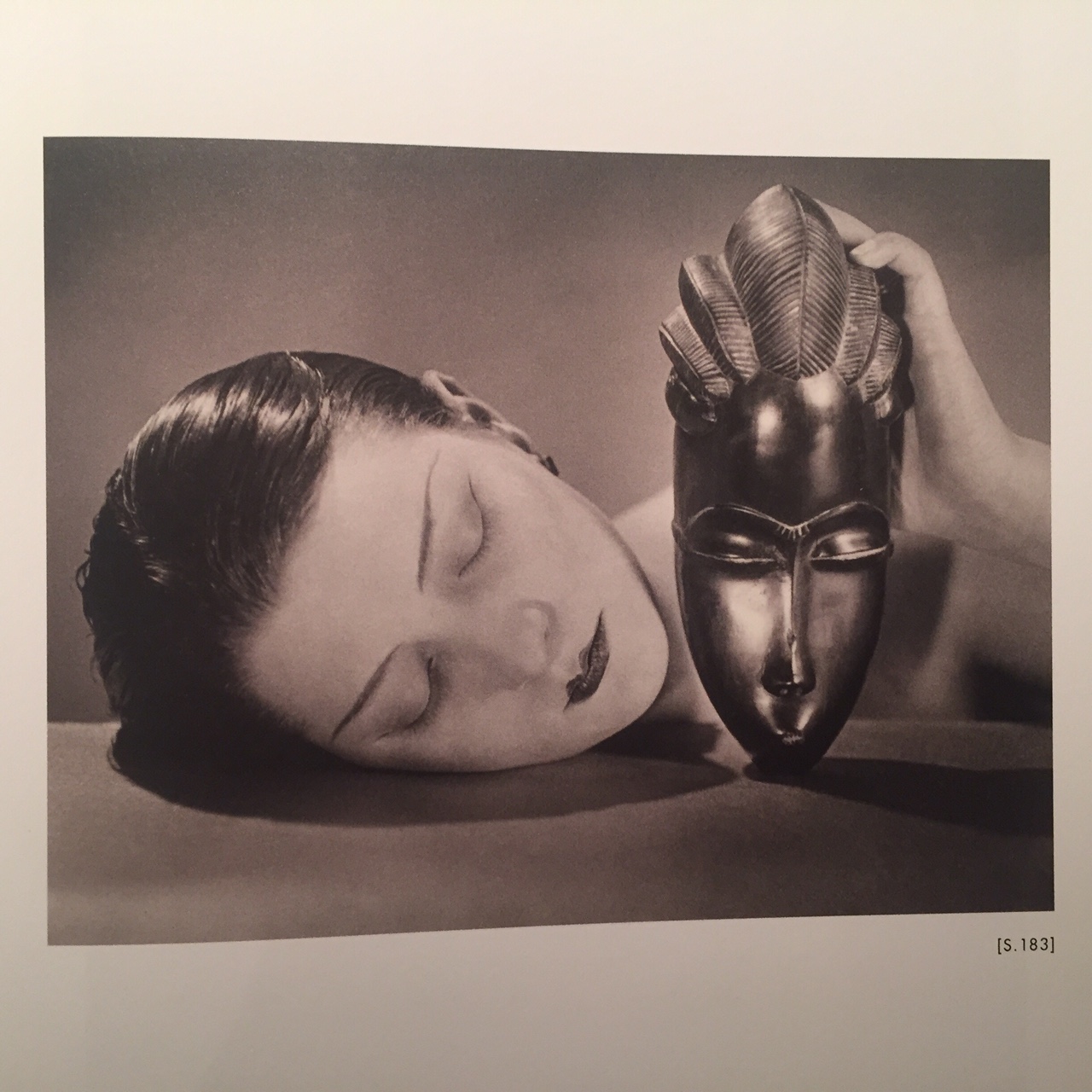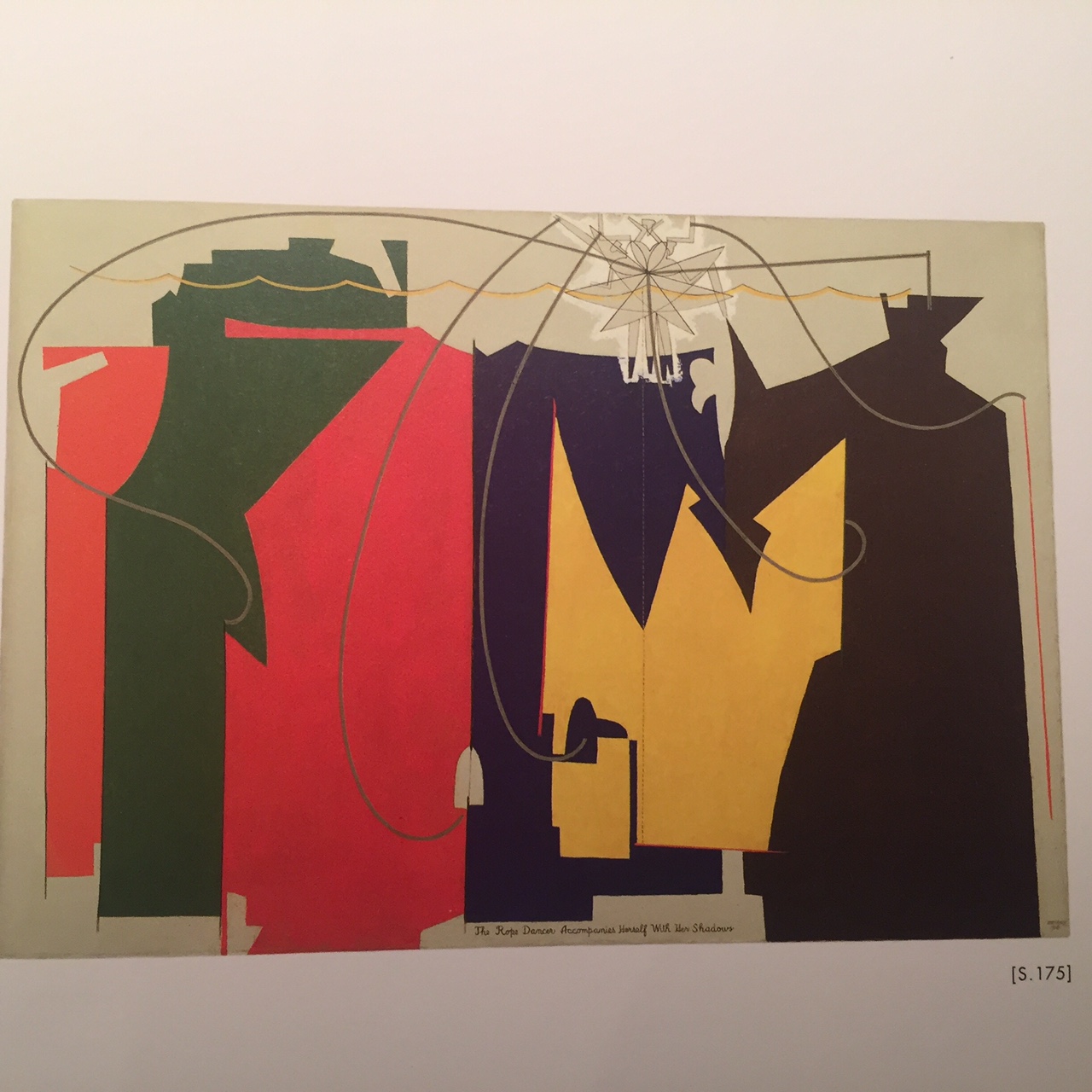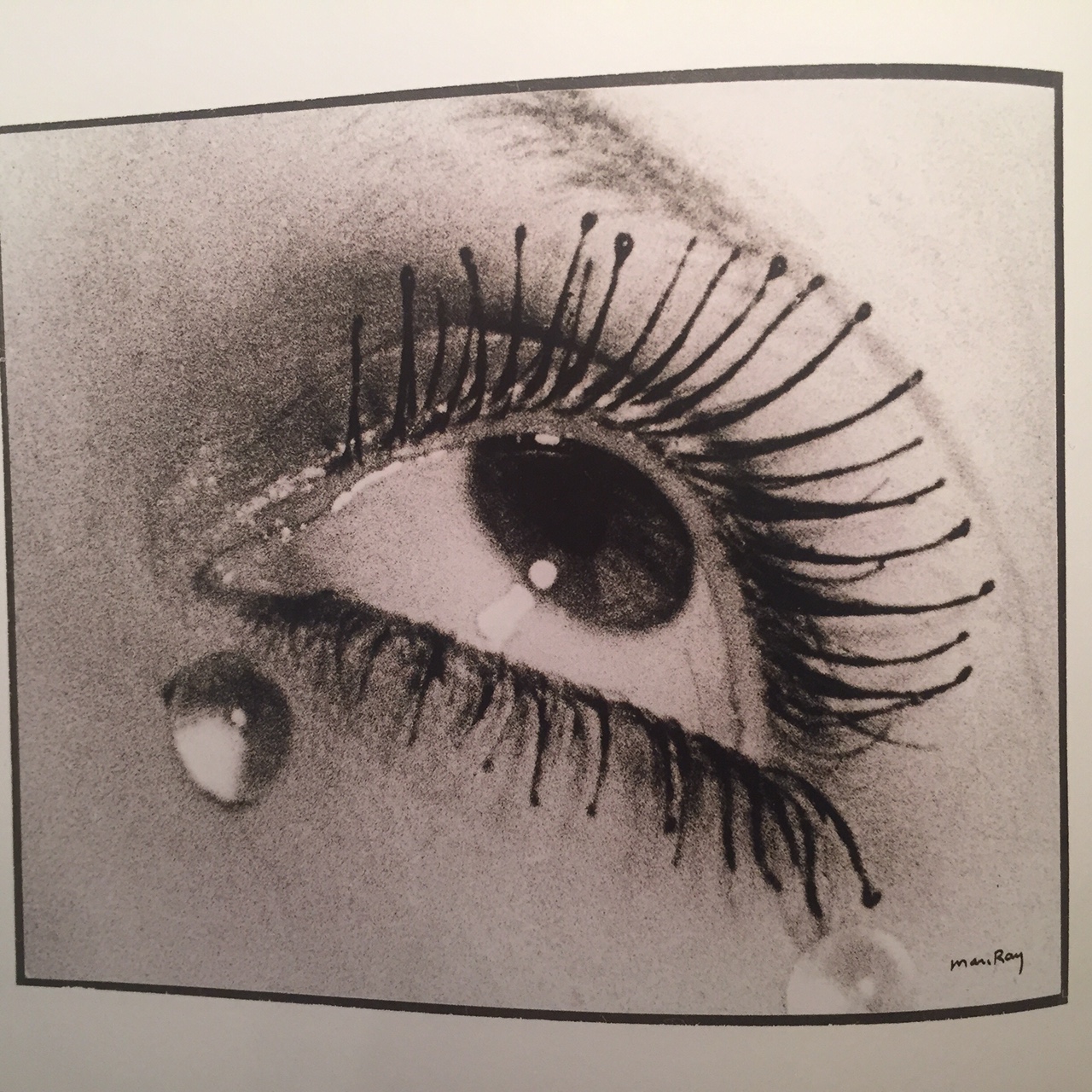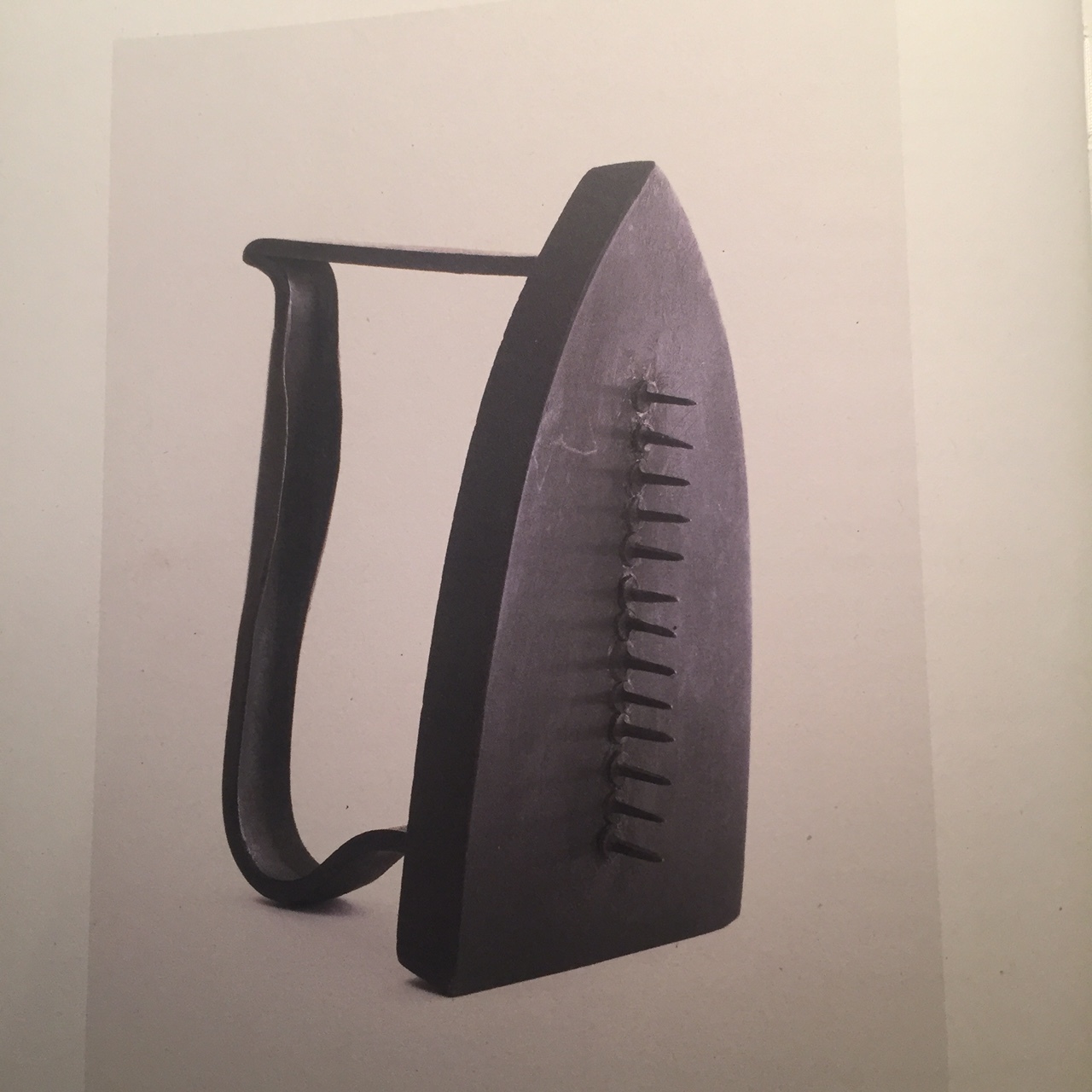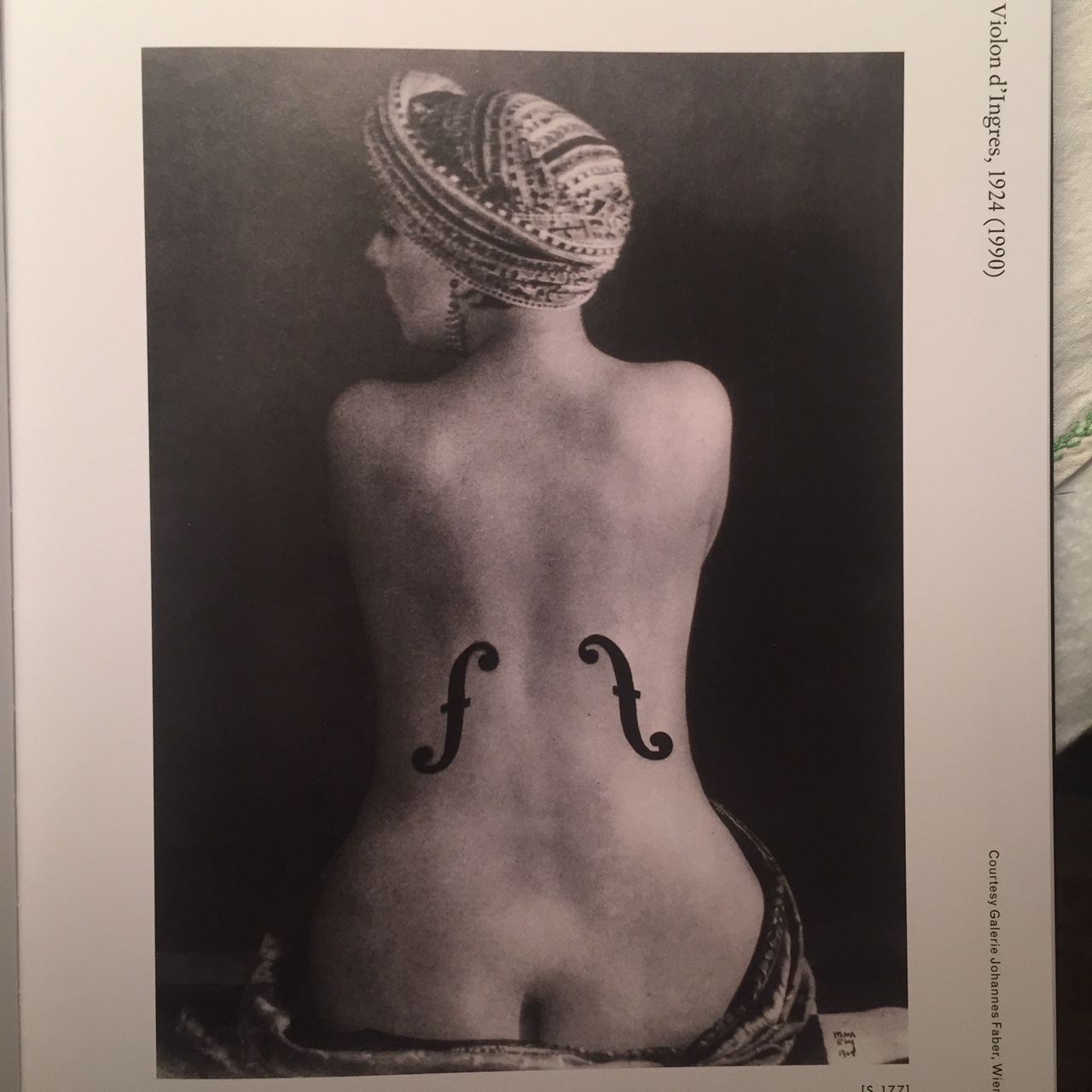Lisa Ortner-Kreil is just finishing up installing her comprehensive exhibition on Man Ray when I arrive at Vienna’s Kunstforum Wien to get an early glimpse before the show’s official opening even as filmmakers are there waiting for a moment to interview her. Ortner-Kreil looks remarkably like Rebecca Hall, the actress, tall, graceful, and as it happens, is the mother of five month old girl who is also patiently awaiting her attentions outside for a quick feed.
I think Man Ray would have appreciated her ability to multi-task for in fact that is what Ornter-Kreil’s exhibition shows off most about this 20 century artist: his ability to throw himself into so many different disciplines without fear.
I tell her at the outset about my one encounter with Juliet Man Ray, his ex-Hollywood Martha-Graham-trained model/ wife, who received me in their small, chock a block home/atelier in Paris on the rue Ferou when I was doing research on a Picasso documentary. With her signature cat’s eye sunglasses, Juliet still had undiminished eccentric wit and charm. Even then, looking around this diminutive space, one could see Man Ray's voracious bumblebee instinct, alighting here and there for a time in photography, painting, sculpture, text, and film, each time with an eye to creating something new within the form.
Man Ray is still mostly known for his photographs. But the exhibition, for which Ortner-Kreil secured some very hard-to-get loans, is in keeping with some previous retrospectives in reviewing Man Ray’s discursive career which still has often left him slightly marginalized in art history. The exhibition shows his fertile mind and practice and aims to correct some of that narrative. ‘I paint what I cannot photograph,' the artist said in 1973, 'My dreams, for instance. And I photograph what I cannot paint’.
Man Ray was a Brooklyn boy, Manny (Emmanuel) Radnitsky, son of Max and Minnie, by way of Philly who ended up in Paris with Marcel Duchamp as a bestie, in Hollywood photographing stars like Ava Gardner and in a double wedding ceremony with Max Ernst and Dorothea Tanning and then back in Paris after the war as a compatriot of Picasso,Paul Eluard, and other luminaries of the period. That alone tells you of the ambition of this artist. Originally dedicating himself as a painter, he gradually came to understand through the filter of Dada and Surrealism—and Duchamp—the value of alternative ways of making art.
Unconcerned but not indifferent is written on his tombstone in the Montparnasse Cemetery.
The exhibition tells the story of his path through photography (the self-named Rayograms, then Solarisations with Lee Miller, his muse and protege), fashion (Harpers Bazaar and Vogue), sculpture,(including readymades like his iron with spikes, his family had been in the clothing business and a number of his works relate to stitchery) filmmaking (both for his own films and work on others) and text (which he often incorporated directly on the canvas or paper).
A much smaller show of some of the Hollywood images are currently at Gagosian Beverly Hills. His estate passed to Juliet’s brother, a car dealer, and has been the subject of much to-and-fro between auction houses, museums and dealers. Perhaps now there will be something of a corrective.
For many years, my favorite Man Ray painting, Pisces from 1938, certainly modeled by Lee Miller, which hangs in the Tate Modern, has been in rotation on my desktop with the Max Ernst portrait of Gala Eluard (Dali) which hangs in the Met from the same period. (Ortner-Kreil tried to get this painting but was not able to. The Parisian collector Marion Meyer was more generous) These two friends revered the smart and beautiful women they worked alongside and the paintings reflect the beauty and intelligence of the subjects.*
Vienna was a revelation to me, the sheer number of excellent museums and collections, plus outstanding curatorial quality. The Kunstforum Wien show is another particularly rich Viennese sweet.
All images courtesy Kunstforum Wien via the Penrose Collection, MoMA, Galerie Kicken, Galerie Faber, Museum Ludwig, Meyer Collection, Collection Hummel.
* Upon further reflection, the subject of the surrealist muses is more complicated. Please see the attached from the NYRB on this subject. Lee Miller apparently partially fell out with Man Ray due to a credit dispute.
